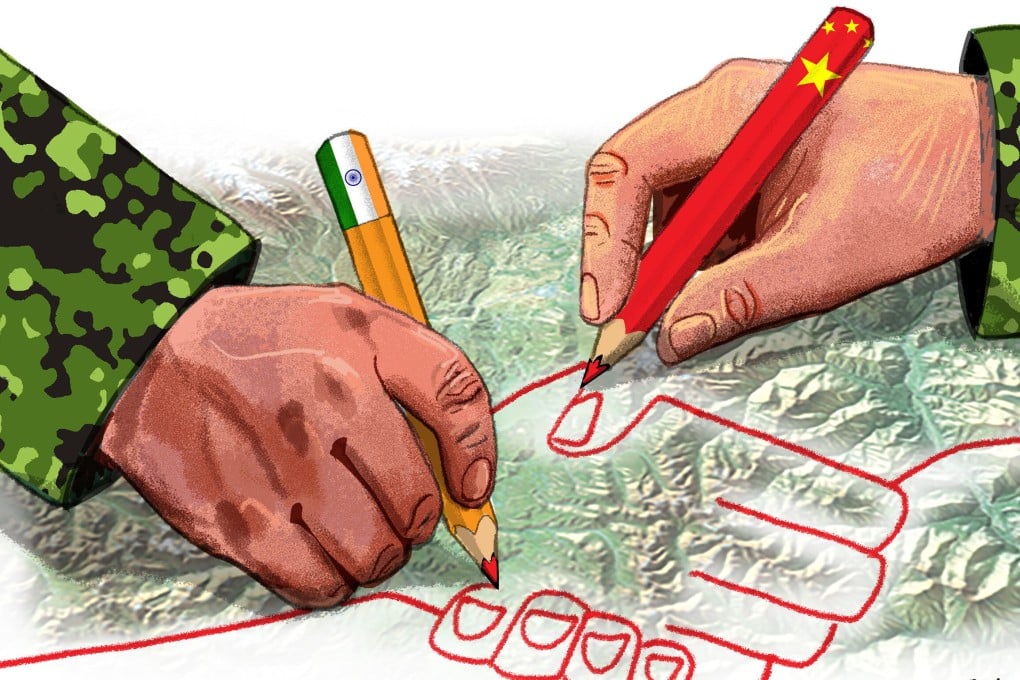Opinion | China and India should look back to move forward on border impasse
- A year after the shock of a fatal border clash, tensions remain high with no consensus on how to resolve the issues over an unverified LAC
- To prevent conflict, both sides should dust off previously agreed confidence-building measures and enforce the less-contentious ones

In a few meetings with Indian scholars, I was surprised to learn how they almost invariably believed that the Galwan clash was the result of a planned attack by China. This is impossible. If China has to compete in an America-initiated great power competition, why would it suddenly divert its attention and strength away from that to take on India?
Since the Line of Actual Control (LAC) in the border areas is not demarcated, it is not rare for face-offs between Chinese and Indian troops. According to the Chinese, Indian troops started to unilaterally build roads and bridges in the valley in April 2020, despite Chinese protests.
The deadly incident was dreadful in that it came closest to breaking a decades-old tacit agreement between the two countries not to use force. “In the last 40 years, not a single bullet has been fired because of [the border dispute],” Indian Prime Minister Narendra Modi said in 2017. But the Galwan clash, even though no bullet was fired, has changed the whole atmosphere.
The complexity of the China-India border dispute is daunting. Even the length of the border is not necessarily agreed on. China believes it is 2,000km long, while India believes it is 3,488km. According to New Delhi, Pakistan illegally ceded 5,180 sq km of Indian territory in Pakistan-controlled Kashmir to China in 1963. Both China and India maintained that the valley is their own territory.

